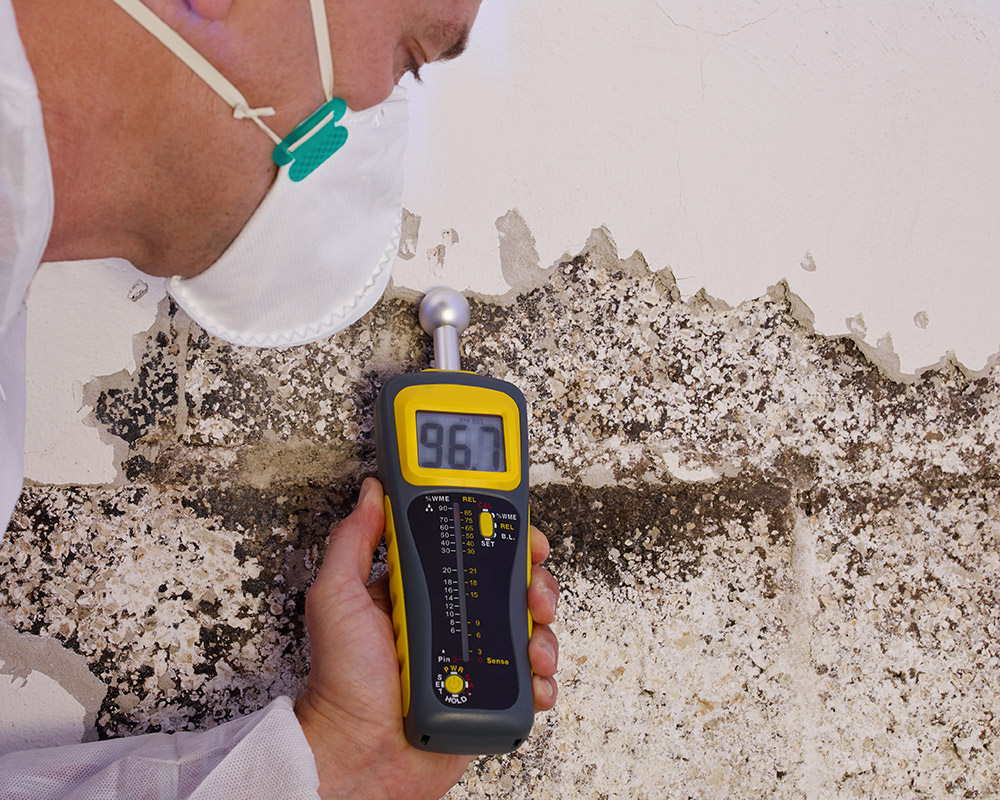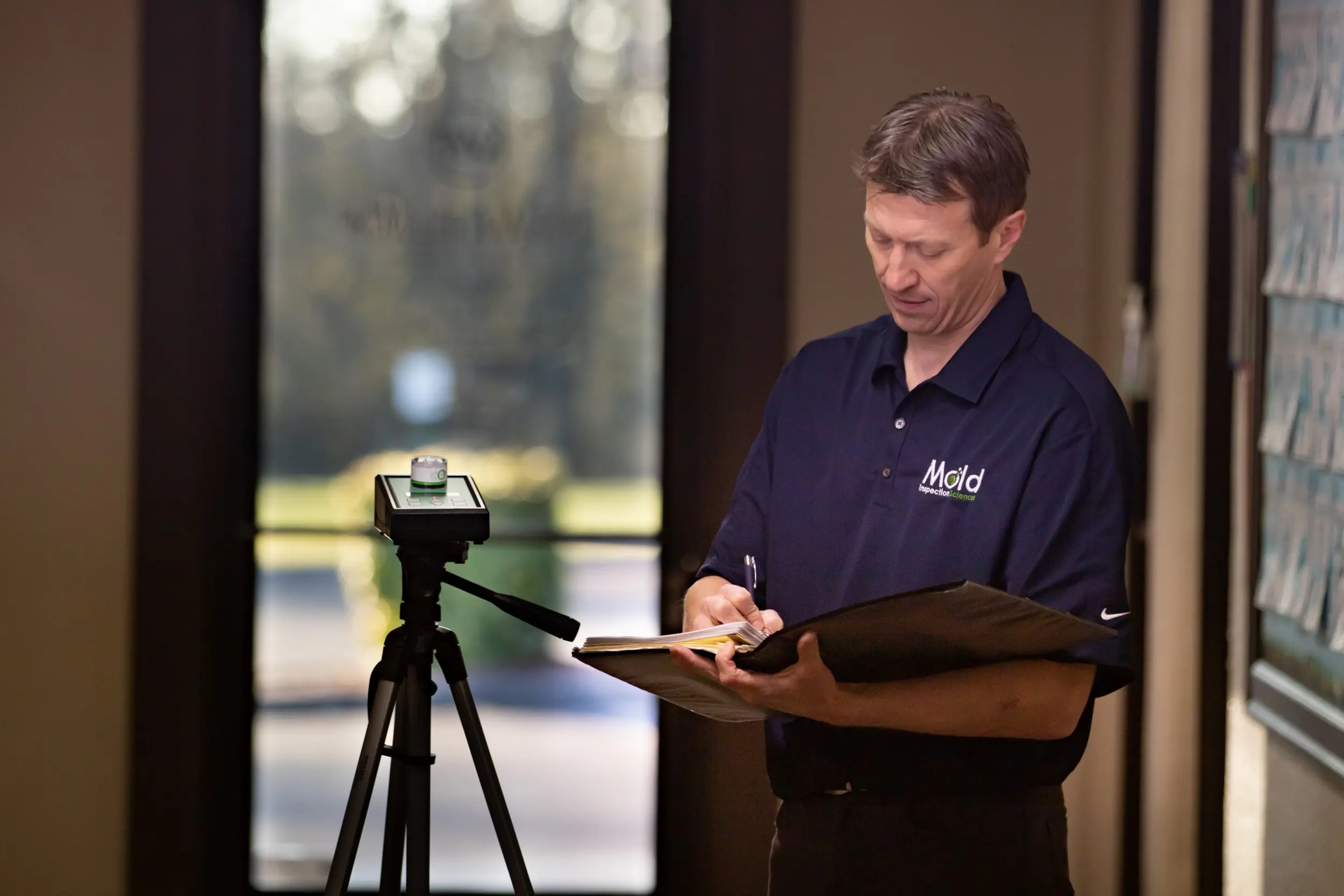Your Ultimate Overview to Post Mold Remediation Strategies
Navigating the realm of post-mold removal strategies is a careful process that requires interest to information and a detailed understanding of the ins and outs involved. In the consequences of mold infestation, understanding how to efficiently get rid of the mold and avoid its reoccurrence is paramount for preserving a healthy indoor environment. From choosing the ideal cleaning and disinfecting methods to carrying out approaches for long-term mold avoidance, each action in the removal trip plays a crucial function in making certain a successful outcome. As we embark on this exploration of post-mold removal methods, we will discover the key techniques and best methods that can aid you recover your space to its pre-mold condition and secure it versus future mold hazards.
Understanding Post-Mold Remediation Process
After completing the mold and mildew remediation procedure, it is critical to recognize the post-mold remediation techniques that are necessary to make sure a efficient and complete cleaning. Once the mold has actually been gotten rid of, the following action entails cleansing and sanitizing the impacted locations to stop any type of regrowth of mold and mildew. This includes utilizing specialized cleaning up agents to clean down surfaces and eliminate any kind of staying mold and mildew spores. It is crucial to dry out the location entirely to discourage the growth of mold and mildew in the future (Post Mold Remediation Report). Correct ventilation and dehumidification can aid in this procedure.
Furthermore, performing a last examination post-remediation is important to make certain that all mold and mildew has been effectively eliminated. If the assessment reveals any kind of lingering mold and mildew, extra removal might be necessary.
Reliable Cleaning Up and Disinfecting Techniques

Avoiding Future Mold Development

Value of Correct Ventilation
Proper ventilation plays an important function in protecting against moisture build-up, a key consider mold growth within interior environments. Efficient ventilation systems assist get rid of excess moisture from the air, minimizing the chances of mold and mildew spores discovering the moisture they require to spread out and germinate. Without sufficient air flow, indoor areas can come to be a reproduction ground for mold and mildew, resulting in possible health and wellness dangers and structural damages.
By guaranteeing appropriate air blood circulation, ventilation systems can also help in drying wet areas quicker after water damages or flooding events, additionally discouraging mold and mildew growth. Post Mold Remediation Report. In areas like shower rooms, cooking areas, cellars, and attic rooms where dampness degrees tend to be higher, setting up and preserving efficient ventilation systems is essential in stopping mold and mildew invasions

Surveillance and Maintenance Tips
Provided the critical duty that correct air flow plays in protecting against mold growth, it is important to establish reliable surveillance and upkeep suggestions to make certain the continued performance of air flow systems. Tracking moisture degrees within the residential property is likewise crucial, as high moisture can contribute to mold and mildew growth. By staying aggressive and attentive to the problem of air flow systems, residential property proprietors can efficiently alleviate the danger of mold regrowth and keep a healthy indoor setting.
Conclusion
In final thought, post-mold remediation methods are important for ensuring a risk-free and clean setting. Understanding the procedure, carrying out reliable cleansing and sanitizing approaches, preventing future mold development, preserving correct air flow, and routine monitoring are all vital actions in the remediation procedure. By complying with these guidelines, you can effectively get rid of mold and stop its return, promoting a healthy living or functioning room for all residents.
In the after-effects of mold problem, understanding exactly how to successfully eradicate the mold and avoid its reoccurrence is extremely important for keeping a healthy indoor setting. When the mold has actually been removed, the following action includes cleansing and disinfecting the impacted locations to protect against any type of regrowth of mold - Post Remediation verification. After getting rid of noticeable mold development, it is important to clean Get More Information all surface areas in the afflicted area to remove any staying mold and mildew spores. To further enhance mold prevention procedures, it is crucial to deal with underlying concerns that at first led to mold advancement.Given the vital role that appropriate ventilation plays in avoiding mold development, it is essential to develop effective tracking and upkeep suggestions to ensure the ongoing performance of ventilation systems